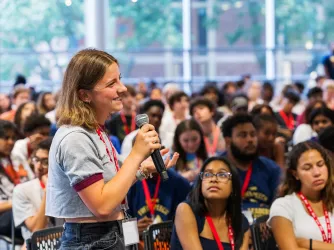Table of Contents
Has Title IX Failed in Dealing with Campus Sexual Assault?

In TIME magazine’s “Ideas” section today, I argue that it has. The recent account in Rolling Stone of a chilling, premeditated, seven-perpetrator gang rape that allegedly occurred at the University of Virginia (UVA)—and that went unreported to police for two years—has led many to question how a major felony report on campus could go without serious (or, according to the article, virtually any) investigation for so long. The UVA case provides a stark illustration of the often-ignored downside of encouraging alleged victims to use the processes universities have set up to try to comply with Title IX:
Foremost is the fact that many campus sex crimes are never subjected to professional forensic investigation, leaving perpetrators unpunished and free to commit further crimes. Part of the horror of Jackie’s story is the sense that this was not the perpetrators’ first crime—and probably not their last. One oft-cited study suggests that serial predators commit around 90% of campus rapes, with an average of nearly six rapes per perpetrator. If this number is anywhere near accurate, each rape not reported to law enforcement is a missed opportunity to protect future victims from harm.
As long as universities provide alternatives to the criminal justice system that are presented as more attractive to student victims of sexual assault, many victims will use that system. (Title IX, as currently construed, requires universities to have such systems.) The motive may be compassionate, but this has to be weighed against the fact that the actual results, as in the UVA case, can be horrifying.
I hope you’ll visit TIME’s website to read the rest of my article.
Recent Articles
FIRE’s award-winning Newsdesk covers the free speech news you need to stay informed.

FIRE’s defense of pollster J. Ann Selzer against Donald Trump’s lawsuit is First Amendment 101

Cosmetologists can’t shoot a gun? FIRE ‘blasts’ tech college for punishing student over target practice video

China’s censorship goes global — from secret police stations to video games
